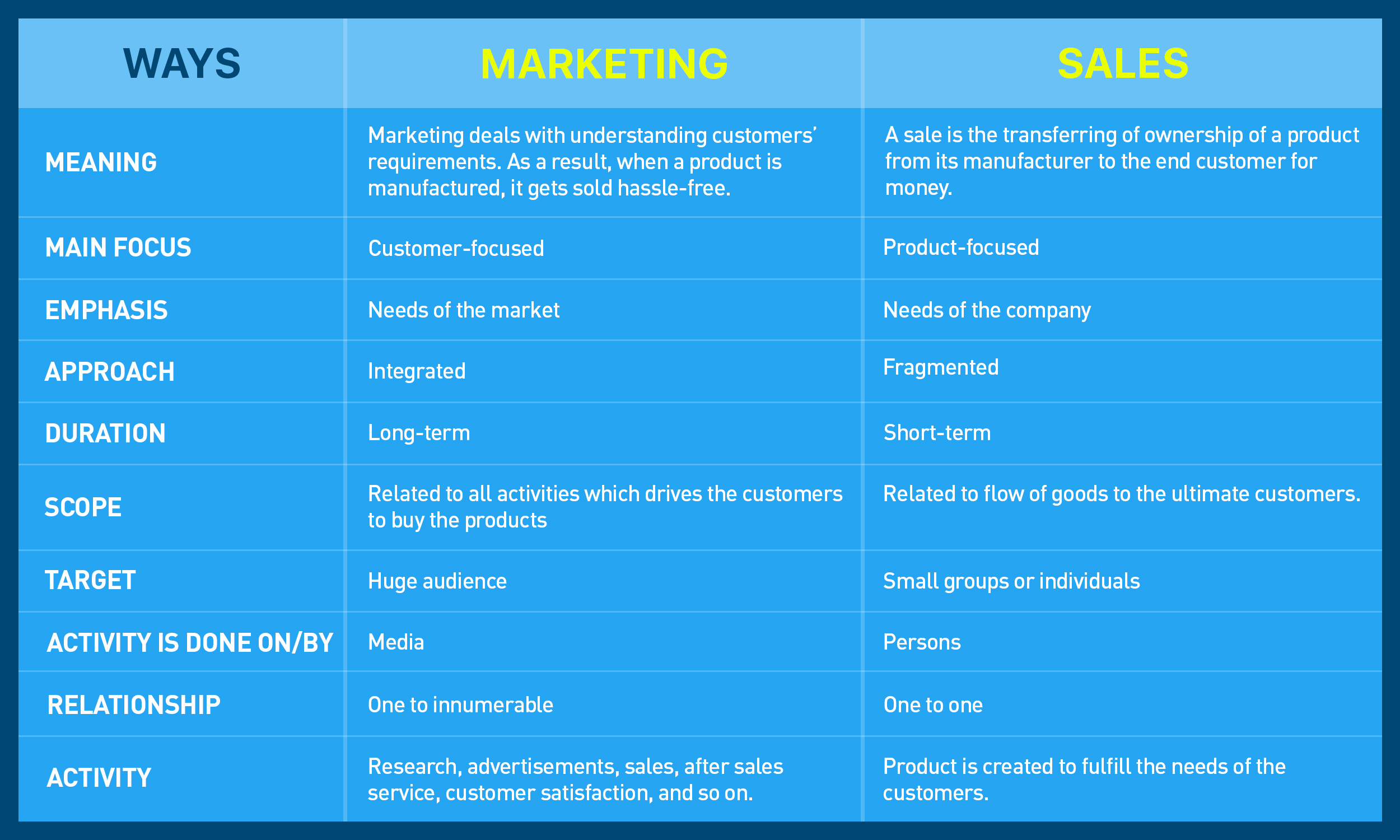Your old content may still look fine. It still brings in some traffic. It still ranks (just not as high as before).
You might chalk it up to seasonality or algorithm changes. But often, the real issue is quieter: content decay.
Pages lose visibility when relevance fades or structure falls behind. And most businesses don’t notice until clicks stall or leads drop.
Let’s understand how to spot this early and what to do next.
Decay has nothing to do with quality
Content decay affects even your best-written pages. A great blog post from 2023 might now read outdated, even if the advice still holds.
Google looks for freshness signals when ranking results. If competitors have newer, more detailed content on the same topic, your post starts sliding.
Staying relevant isn’t only about writing more. It’s about keeping what you already have aligned with how people search today.
How search behaviour quietly moves away from your content
Search behaviour shifts in small, almost invisible ways. People start asking the same questions differently, or expect more precise answers than before.
A post that once captured attention for “digital loyalty ideas” may now miss the mark because users are adding layers, like “loyalty automation tools for cafes” or “POS reward integration.”
Those new qualifiers carry intent that your older content no longer matches.
What worked two years ago can feel slightly out of sync today. The keywords still look familiar, but the nuance has changed. When that happens, your content begins to slip, not because it’s wrong, but because it’s no longer speaking the same language as your readers.
You can’t fix what you don’t track
Content decay often hides behind small drops that compound over time. You won’t notice them unless you’re looking at the right signals.
Start with the basics. Check whether impressions have dipped, clicks have slowed, or your average ranking has slid a few spots. Review how users move within your site. If fewer visitors click from your post to other key pages, that’s another clue.
These metrics reveal patterns long before rankings collapse completely. Treat them as early warnings. When a page starts losing momentum, it doesn’t need to be scrapped. It needs a focused refresh that reconnects it with how people search today.
Updates should reflect what users expect now
Adding a new paragraph won’t help if the rest of the post still sounds old. Updates should reflect how your audience thinks today.
That might mean:
- Rewriting intros to match newer questions
- Replacing screenshots, examples, or product names
- Updating internal links to newer, stronger pages
- Tightening headings to mirror today’s search phrasing
The goal is to re-earn your position with content that feels current, not just repackaged.
Not all content deserves to be saved
Some posts are built for a moment. That promo page from last year, or the one-off holiday guide, may no longer reflect your current offers or priorities.
Instead of spreading your energy across every old piece, focus on what still fits into your long-term search goals. Prioritise evergreen articles that continue to attract search traffic or earn backlinks over time.
When reviewing older content, ask whether it adds clarity, answers a search need, or supports internal navigation. If it checks none of those boxes, it might be clutter.
You don’t need hundreds of URLs floating around. You need a handful that keep pulling their weight clearly, cleanly, and in context.
Final Thoughts
Content decay is rarely loud. It slips in slowly through quiet ranking drops, outdated references, and unnoticed shifts in user behaviour.
At Elevan August, we help clients audit content through the lens of search relevance. We refresh what still holds value and build clusters that strengthen each other over time.
If your site traffic feels stuck even with new blogs going out, the issue may lie behind—not ahead. Let’s take a look at what’s fading before it drags your future growth with it. Get in touch with us today and let’s talk.






